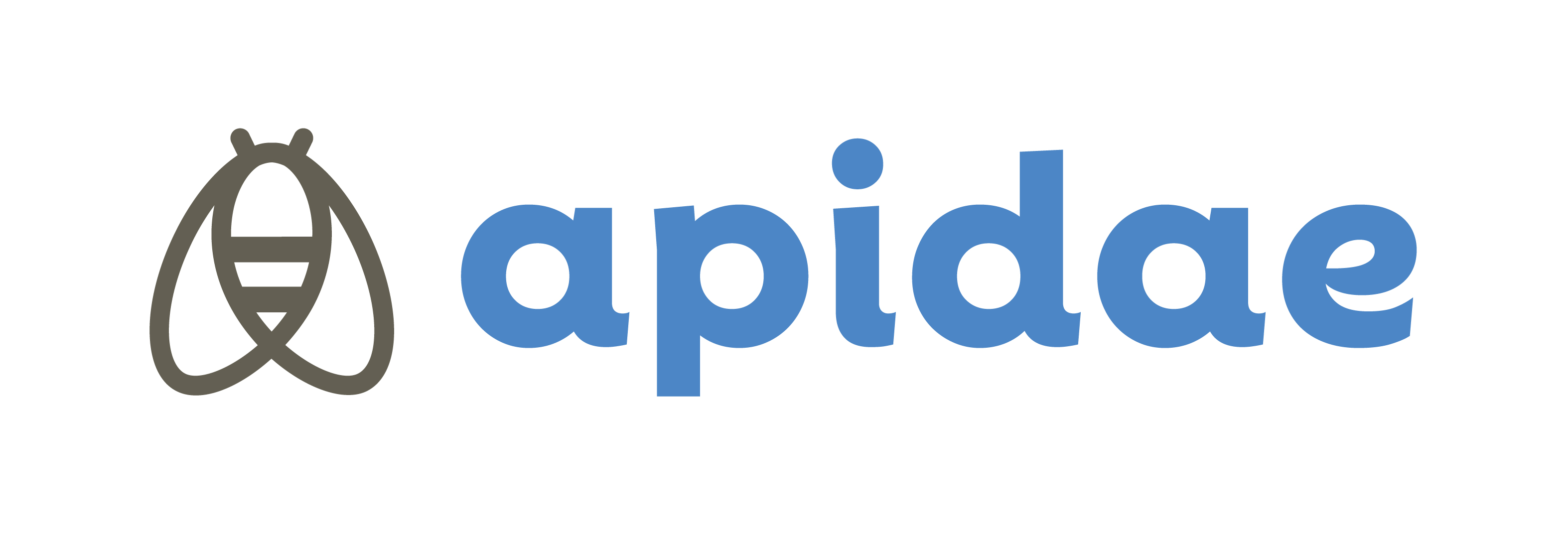Recent archaeological discoveries revealed the existence of a Gallic fortified town on the site of Gondole, in the shadows of the Plateau de Gergovie. There is evidence of its occupation as far back as the 1st century BCE.
Set out on an overlook, the town was protected by a fortification made up of a bank and a trench. The fortification ran 700 metres long, 100 metres wide and 10 metres high. It is still visible today.
Inside, vast residences installed on large basements were identified. They were organised around a structured road network, along a main road and on both sides of secondary roads. A huge artisanal district was also discovered. It extended over several hectares, in front of the
oppidum. Business was very active: potters, bronze workers (copperware and foundry), blacksmiths (manufacture of small objects), tabletiers (bone rings), horn workers (horns and antlers) and furriers (skins and furs). The presence of many wine amphoras and other imports (ceramic tableware) from Spain or Italy is evidence of trade exchanges with the Romans. Close by, in the plain, a grave containing eight knights and eight horses, with a layout unique in Europe, was discovered in 2022.
A short distance from this oppidum are two other sites: the sites of Corent and Gergovie. The oppidum at Gondole was inhabited until 30 BC.
Photos :
1/ Gondole Oppidum, between the Allier and the Cournonnaise conurbation (photo by S. Foucras, Inrap/ARAFA)
2/ The men's and horses' tomb (photo by U. Cabezuelo, Inrap)
3/ Battery of four potter's kilns uncovered in the artisanal quarter in front of Gondole (photo by Y. Deberge, Inrap/ARAFA)
4/ Potter's kiln uncovered in the artisanal quarter in front of Gondole (photo by Y. Deberge, Inrap/ARAFA)
5/ Intaglio rings imported from Italy and Gallic ring ornaments (photo by Y. Deberge, Inrap/ARAFA)
6/ Gems (cornelian and glass paste) from rings imported from Italy depicting a canid (top) and a cornucopia (bottom) (photo by Y. Deberge, Inrap/ARAFA)
7/ Accumulation of empty wine amphorae at the bottom of a well (photo by Y. Deberge, Inrap/ARAFA)

















